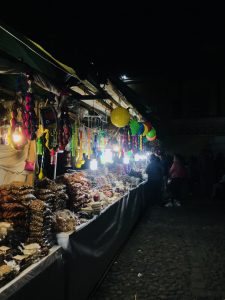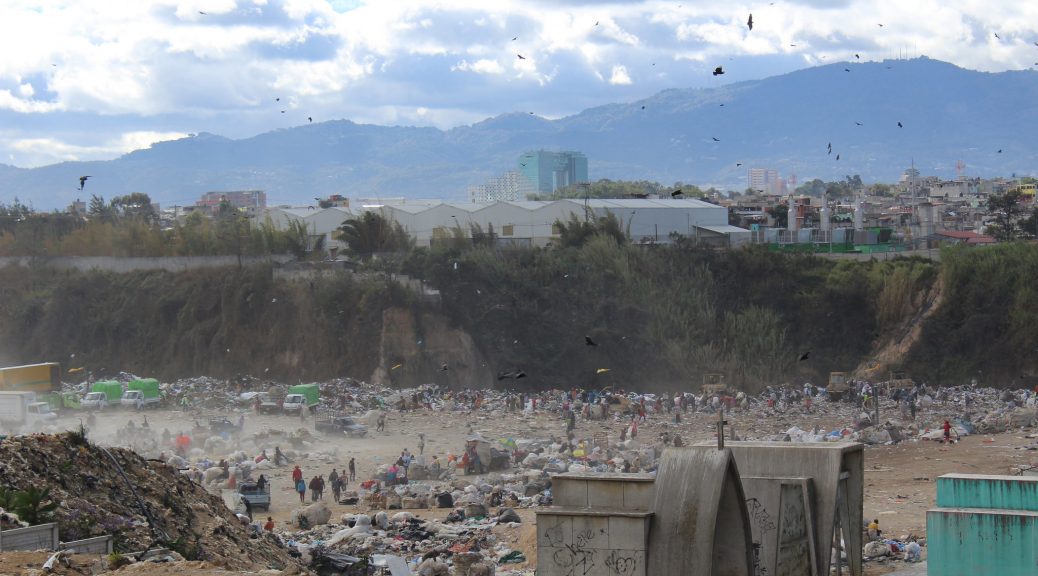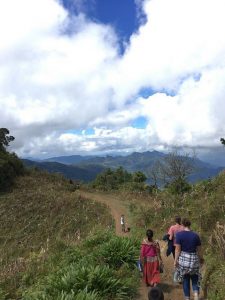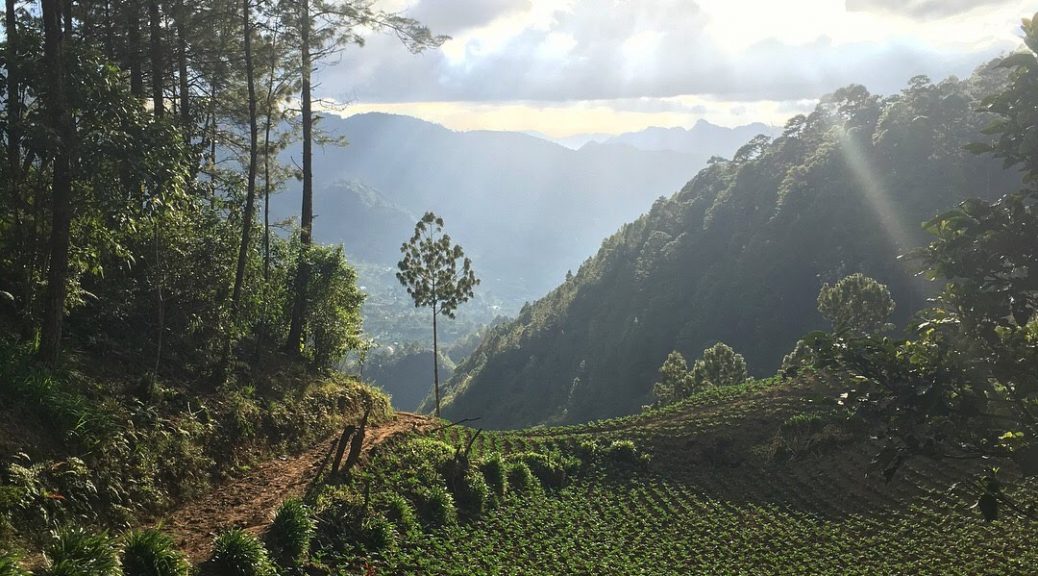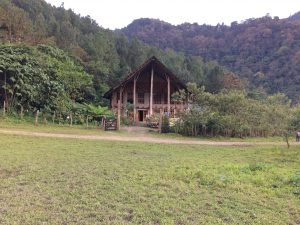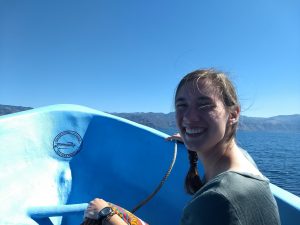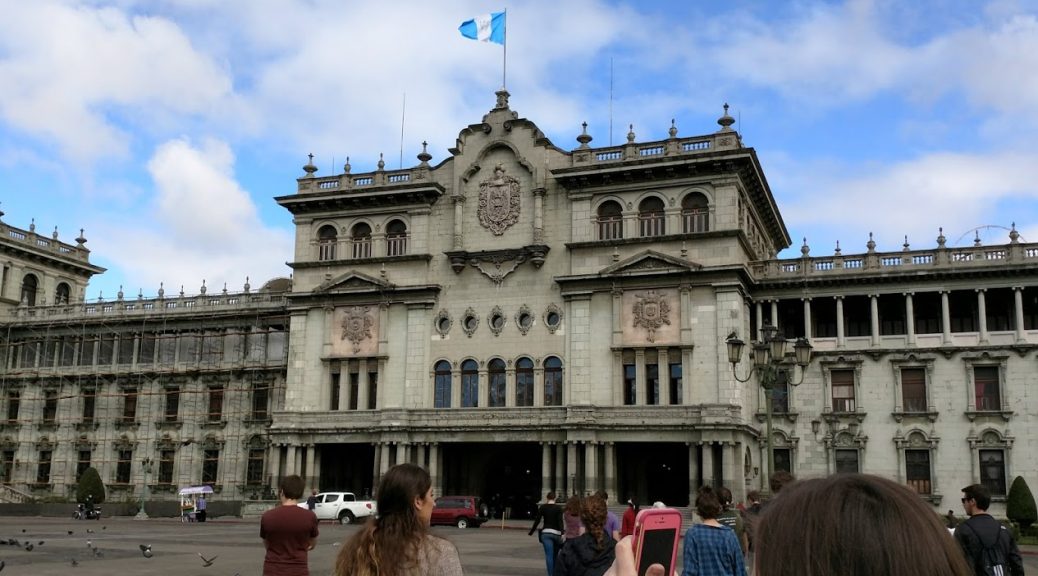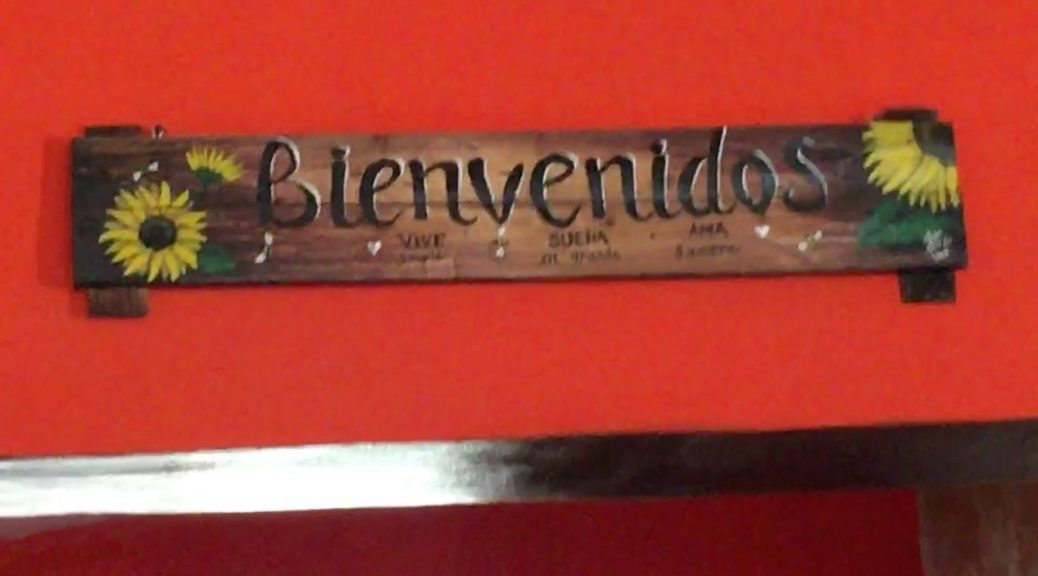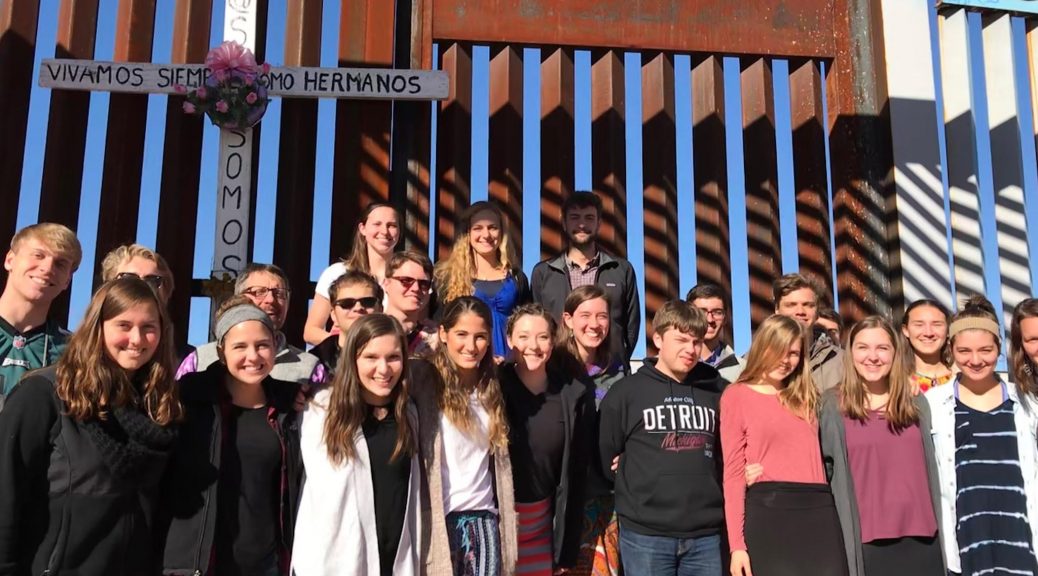Free travel was supposed to be a well-earned vacation from learning; I was expecting to saunter off into the Guatemalan jungle and render my mind blissfully empty of deep thoughts. Yet, in the aftermath of our week-long adventure through the mountains of Cobán and the steamy lowlands of Lake Izabal, I’ve realized that I accidentally learned a lot:
Lesson 1: Friendship can be found in unexpected places, like at street food stands or in a packed microbús.
Lesson 2: God appears in unexpected places. I’ve seen God in the majesty of hidden jungle waterfalls, in the kindness of generous strangers, and in safe bus rides along dangerous mountain roads. (In the last case, there were moments where I really did wonder if I was about to meet my Maker.)
Lesson 3: “Barriga llena; corazón contento.” (Full belly, contented heart.) Always travel on a full belly, lest you subject your travel companions to the wrath of a hangry heart.
Lesson 4: A pretty place is nice to look at, but true beauty is found in friendship. Thanks to my travel buddies, to our hosts, and to the many, many people who fed us and welcomed us into little-known corners of this incredible country throughout the past week.
-Kat Lehman
-morning boat ride on Lake Izabal-
I could see the curve of the Earth,
smell the immensity of the horizon
with the 6am stubble of mountains
way way way across the way
the water was gently shifting porcelain
warm to the touch
studded with seabirds and floating green gardens
the sky hummed with blues and grays
and the intangible promise of a new day
just over my shoulder the sun peeked
through a crack in the clouds
and it was all yellow
I smiled at our guide, his hand on the tiller,
his bare feet dangling
and his one silver tooth caught a glint
of the rising sun
when he smiled back
and pointed out a small family of monkeys
breakfasting in the coastal trees
Lessons Learned on Free Travel
- You don’t need to have a plan to have fun. Spontaneity=gaiety
- Feed yourself regularly. You can get hangry even if your stomach isn’t registering hunger.
- Take every possible opportunity to fling yourself naked into a body of water.
- Bus rides through Guatemalan countryside are really fun in you don’t mind catching some air.
- Eat every mango you can lay hands on, for who knows when it shall be thy last?
- Donde caben dos, caben tres (o seis o diez). Aka, a bus is never truly full.
- It’s scary to climb a waterfall, but also, once you’ve done it, you’re on top of a waterfall…so, worth it.
- Talk to anyone and everyone. Your Spanish is good enough.
- Travel with people who aren’t afraid to wander slowly and aimlessly because that’s how you stumble upon the best hidden treasures.
- Take in everything with wide eyes and an open mind; don’t be afraid to slow down and marvel.
- Not all chihuahuas suck.
- Sometimes scorpions lurk in backpacks and you have to catch them in your water bottle and stare at them for a while. Do not benevolently release them into the wilderness because they will sneak back into your room and attack you in the middle of the night.
- You can hop in the pickup truck of a total stranger and come out alive. Stranger danger is not always a thing. Trust people.
- Guatemala is a beautiful country filled with wonderful and kind people (but you already knew that).
-Elizabeth Nisly
I have never seen mountains like Guatemala’s before. They breathe green into every corner of my sight and astound me with the steepness of their reaching slopes. I could stare and stare and never get enough of their majesty.
– Megan
Our group of three spent three days in Rio Dulce and three days in Lívingston, choosing to save money and spend less time traveling by staying in Guatemala. Although if you think about it, the money we were given for free travel wasn’t just handed to us – it was originally ours that we used to pay tuition for this semester. Still, it felt like Byron and Lisa were just giving us money to travel.
I can’t write about grand adventures or discoveries, but I can write about what the three of us felt so strongly throughout the week; the restorative power of doing nothing: of sleeping in, of reading novels on a roof or by a pool, of not having scheduled times to eat or sleep or be in Spanish class or to be somewhere. For the first time all semester, except for a few days in Arizona, we had no planned activities, and it was glorious. Combined with the scenery, we could not have asked for a better, more relaxing week out of the city.
-Jenna H., Anali & Nathaniel
We were very thankful that our first two days of travel to Placencia, Belize were not an indication of how the remainder of our free travel would go. Traveling in Guatemala posed more challenges than we would have had while traveling in the United States because we were not able to plan much in advance. We could not look at bus and boat schedules online leading us to always take the earliest bus/boat to make it to our next destination just so that we could sit and wait a long time for the next one to leave. Making it even more difficult, we had to keep track of three different currencies (Quetzales, USD, BZD), two different languages, as well as our group and the other two groups. And, on top of all of that, we had to deal with Guatemalan time. This means that nothing leaves or arrives on schedule and there is no rush.
The most stressful part of our travel was an hour boat ride from Livingston, Guatemala to Punta Gorda, Belize that took up the largest portion of our transportation budget during the middle of a storm. We were sitting in a 20-passenger boat that was open on all sides, and thrown around by the wind and the waves. The torrential rain started when we could no longer see any sign of land. We stopped to refill on gas during this downpour and we were convinced that we were lost. However, we started moving across the open ocean again and finally caught sight of land. The rain stopped, the sea calmed, and we no longer had to huddle under the tarps, praying and holding hands. All of these struggles made the beaches of Placencia more beautiful and enjoyable. 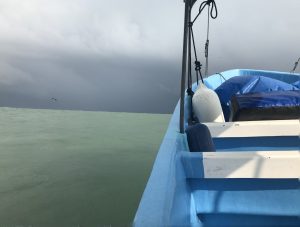
We spent the next 5 days 40 feet from the beach, enjoying the luxuries of air conditioning, warm showers, speaking English, and independence in our food and activities. One of our highlights was eating Tutti Frutti gelato almost every night. We loved the small town feel of Placencia and the ability to walk everywhere. Most of the shops and restaurants were located on the main sidewalk that provided easy access to the beach and the whole town. Despite our traveling difficulties, we all agree that Placencia was well worth it. We would all love to go back another time to experience everything we did not do and to re-experience some of our favorite memories.
-Ginny, Rachel, and Madeline
Our group, like a few others, was lucky enough to explore the beautiful, tropical country of Belize for our free week of travel. From the very first day, our trip went so smoothly it felt too good to be true. We left at an early 2:30am and took a variety of transportation to reach Puerto Barrios, Belize, where we ate pizza and had a relaxing night on the balcony, looking out over the ocean. Throughout our journey to Placencia, Belize, our final destination, we walked, took 3 taxis, 2 boats, and 2 busses. This long journey made Placencia even more enjoyable upon arrival. After getting off the boat, we were all surprised to be welcomed in English, a nice change from the ongoing Spanish we had been hearing and studying in the city. We were greeted by our gracious and hospitable host, Analise, who provided us with a house located right on the lagoon and included a rooftop pool, kayaks, tubes, bikes, and a beautiful lounging area where we spent most of the week. Analise and her boyfriend even cooked us a delicious barbeque meal during our time there.
Placencia is a small lively town located on a peninsula where the tropical air, bright blue oceans, and unique restaurants and bars welcome many tourists from all over the world. Unlike Guatemala and Mexico where we had previously visited, Belize offered a different atmosphere and culture. Placencia provided us with a sense of community, safety, and an overall island vibe that was thrilling to explore. During our time in Placencia, we visited the beach, made our own meals (mostly consisting of pasta), lounged at our pool, and sun-tanned. On the last day, we were able to take a boat out to a secluded island to snorkel! We saw schools of fish, a rainbow squid, and multiple stingrays. We felt so free swimming and scanning the coral reefs that reside under the Belizean blue waters. Until our travel day back, every aspect of our trip was perfect. On the way home, we ran out of gas on our boat, which caused us to miss our bus back to the city. This was quite an experience, but we all made the most of it and embraced the unpredictability of travel. Overall, our trip to Placencia was an unforgettable adventure, and turned out to be the perfect, much-anticipated break we needed.
-Laura, Katie, Clara, Jenna, Seth
During our weeklong adventure throughout Guatemala, we stopped in Semuc Champey for a couple of days. This is one of Guatemala’s most famous and most beautiful national parks, and it is preserved perfectly. It consists of a river flowing into naturally formed pools with a small waterfall cascading into each pool. The water was extremely clear and very refreshing to swim in. But the swim was not without a price, the rocky path to the pools were both sharp and slippery. Somehow, none of us took a spill and despite the danger, the view from the pools was absolutely worth it. From the water, we could see down the river valley into the sunset over a distant mountain range. All in all, it was a fantastic trip full of conversations with interesting people, beautiful scenery and long, long, long bus rides.
-James, Sol, & Lucas

